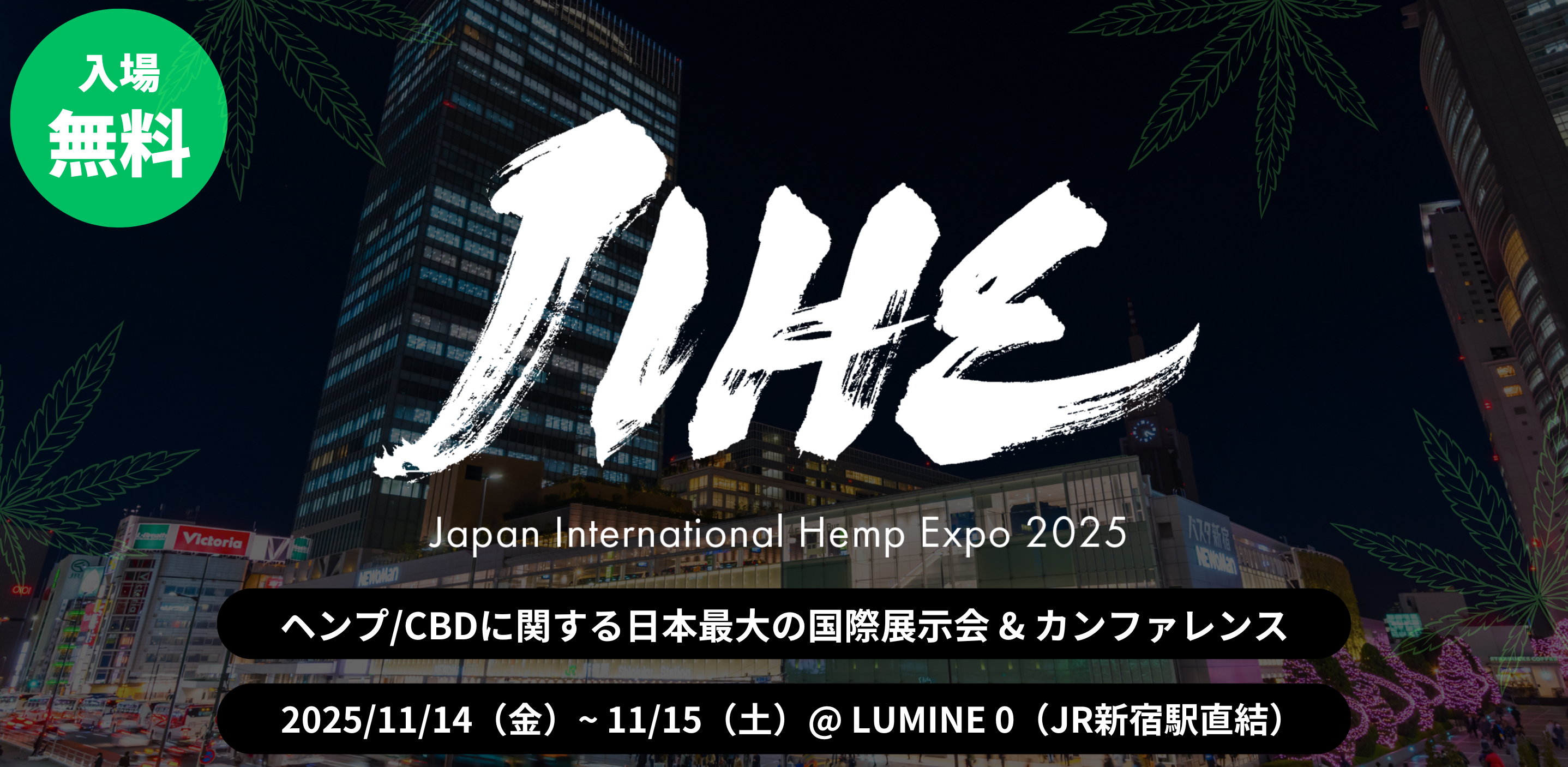
表示名称成分詳細
トリエチルヘキサノイン
成分番号(JP number): 562335
- INCI
- TRIETHYLHEXANOIN
- 定義(Description)
- 本品は、2-エチルヘキサン酸とグリセリン(*)のトリエステルであり、次の化学式で表される。Propane-1,2,3-triyl 2-ethylhexanoate
- 日本の規制情報(Japanese regulation information)
- 中文inci(CN/中国名称)
- 甘油三(乙基己酸)酯
- 中国の規制情報(Chinese regulation information)
- 【已使用化妆品原料目录(2021年版)】Maximum Historical Usage in Rinse-off Cosmetics(%): 79.394, Maximum Historical Usage in Leave-on Cosmetics(%): 65.149
- 韓国inci(KR/ハングル/성분명)
- 트라이에틸헥사노인
- CAS No.
- 7360-38-5
- EC No.
- 230-896-0
- EUの規制情報(Restriction/Annex/Ref#)
-
原料情報
トリエチルヘキサノイン / TRIETHYLHEXANOIN
トリエチルヘキサノインとは
トリエチルヘキサノインは、2-エチルヘキサン酸とグリセリンのトリエステルであり、以下の化学式で表されます(1)。
トリ2-エチルヘキサン酸グリセリル(別名トリオクタングリセリル)として収載され、けん化価 340~370と規定されています(2)。
なめらかな使用感の低粘度油。紫外線吸収剤との優れた溶解性。加水分解に対し安定な性質を持ちます。
INCI名は、Triethylhexanoinです。
原料は、植物系の脂肪酸と石油系のアルコールで、常温で液体で、エタノール、シクロペンタシロキサン、ジメチコン、オリーブ油、流動パラフィンに溶解します(3)。
化粧品分野では、べたつきが少なく軽い感触で肌へなじみやすく、肌を柔軟に保ち、他のオイルと混ざりやすいので製剤化しやすい利点があります。
また、皮膜をつくるため、保湿効果も期待できます。
10,000以上の製品に使用されており、洗顔フォーム、クレンジング、化粧水、乳液、美容液、保湿クリーム、パック、入浴剤、化粧下地、日焼け止め、ファンデーション、パウダー、チーク、口紅、リップグロス、アイブロウ、アイライナー、アイシャドウ、マスカラ、香水、シャンプー、コンディショナー、トリートメント、スタイリング剤など、多用途に使用されています(4)。
トリエチルヘキサノインは、GHS分類において危険性有害性を持つ物質にはあたりません。しかし、燃焼すると有害な炭素酸化物が発生するため、火災の発生の際にはSDSに従った対応が必要になります。
また、廃棄する際は免許を持つ廃棄物業者による処理が必要です。
参考文献
(1) トリエチルヘキサノイン 化粧品の成分表示名称リスト
(2) 医薬部外品原料規格 トリ2-エチルヘキサン酸グリセリル
(3) トリエチルヘキサノイン Copyright© KOKYU ALCOHOL KOGYO CO., LTD. All rights reserved.
(4) cosmetic-info.jp 化粧品表示名称 成分詳細 トリエチルヘキサノイン
(5) トリオクタン酸グリセリル SDS MERCK
トリエチルヘキサノインの配合目的
・感触向上
・肌の柔軟性保持
・乳化安定剤
・保湿効果
トリエチルヘキサノインの安全性情報
・https://online.personalcarecouncil.org/ctfa-static/online/lists/cir-pdfs/FR742.pdf
・https://online.personalcarecouncil.org/ctfa-static/online/lists/cir-pdfs/PRS316.pdf
日本語論文
なし
英語論文
Skin permeability of various drugs with different lipophilicity.
Lee CK, Uchida T, Kitagawa K, Yagi A, Kim NS, Goto S.J Pharm Sci. 1994 Apr;83(4):562-5. doi: 10.1002/jps.2600830424.PMID: 8046615
Kim DD, Chien YW.J Pharm Sci. 1996 Feb;85(2):214-9. doi: 10.1021/js950141c.PMID: 8683451
Lee CK, Uchida T, Noguchi E, Kim NS, Goto S.J Pharm Sci. 1993 Nov;82(11):1155-9. doi: 10.1002/jps.2600821118.PMID: 8289132
Review of the toxicologic properties of medium-chain triglycerides.
Traul KA, Driedger A, Ingle DL, Nakhasi D.Food Chem Toxicol. 2000 Jan;38(1):79-98. doi: 10.1016/s0278-6915(99)00106-4.PMID: 10685018 Review.
Transdermal delivery of zalcitabine: in vitro skin permeation study.
Kim DD, Chien YW.AIDS. 1995 Dec;9(12):1331-6.PMID: 8605052
Lee CK, Uchida T, Kitagawa K, Yagi A, Kim NS, Goto S.Biol Pharm Bull. 1993 Dec;16(12):1264-9. doi: 10.1248/bpb.16.1264.PMID: 7907514
Johnson W Jr; Cosmetic Ingredient Review Expert Panel.Int J Toxicol. 2001;20 Suppl 4:61-94.PMID: 11800053 Review.
Penetratin-induced transdermal delivery from H(II) mesophases of sodium diclofenac.
Cohen-Avrahami M, Libster D, Aserin A, Garti N.J Control Release. 2012 May 10;159(3):419-28. doi: 10.1016/j.jconrel.2012.01.025. Epub 2012 Jan 25.PMID: 22306174
Carvalho VFM, Salata GC, de Matos JKR, Costa-Fernandez S, Chorilli M, Steiner AA, de Araujo GLB, Silveira ER, Costa-Lotufo LV, Lopes LB.Int J Pharm. 2019 Aug 15;567:118460. doi: 10.1016/j.ijpharm.2019.118460. Epub 2019 Jun 24.PMID: 31247278 Free article.
Uchida T, Lee CK, Sekiya N, Goto S.Biol Pharm Bull. 1993 Feb;16(2):168-71. doi: 10.1248/bpb.16.168.PMID: 8364453
Okajima M, Wada Y, Hosoya T, Hino F, Kitahara Y, Shimokawa K, Ishii F.Drug Discov Ther. 2013 Apr;7(2):90-4.PMID: 23715508
Prahalad AK, Ross JA, Nelson GB, Roop BC, King LC, Nesnow S, Mass MJ.Carcinogenesis. 1997 Oct;18(10):1955-63. doi: 10.1093/carcin/18.10.1955.PMID: 9364006
Van Duuren BL, Goldschmidt BM, Seidman I.Cancer Res. 1975 Sep;35(9):2553-7.PMID: 1149050
Mass MJ, Abu-Shakra A, Roop BC, Nelson G, Galati AJ, Stoner GD, Nesnow S, Ross JA.Carcinogenesis. 1996 Aug;17(8):1701-4. doi: 10.1093/carcin/17.8.1701.PMID: 8761429
Horikawa K, Sera N, Murakami K, Sano N, Izumi K, Tokiwa H.Toxicol Lett. 1998 Sep 1;98(1-2):51-8. doi: 10.1016/s0378-4274(98)00106-4.PMID: 9776561
Nesnow S, Ross JA, Nelson G, Wilson K, Roop BC, Jeffers AJ, Galati AJ, Stoner GD, Sangaiah R, Gold A, et al.Carcinogenesis. 1994 Apr;15(4):601-6. doi: 10.1093/carcin/15.4.601.PMID: 8149468
Diwan BA, Rice JM, Ohshima M, Ward JM.Carcinogenesis. 1986 Feb;7(2):215-20. doi: 10.1093/carcin/7.2.215.PMID: 3948311
Pérez HL, Osterman-Golkar S.Chem Biol Interact. 2000 Feb 15;125(1):17-28. doi: 10.1016/s0009-2797(99)00158-1.PMID: 10724363
Tumours in mice after subcutaneous injection of automobile exhaust condensates.
Pott F, Tomingas R, Misfeld J.IARC Sci Publ. 1977;(16):79-87.PMID: 68912
Transdermal delivery of theophylline using an ethanol/panasate 800-ethylcellulose gel preparation.
Lee CK, Kitagawa K, Uchida T, Kim NS, Goto S.Biol Pharm Bull. 1995 Jan;18(1):176-80. doi: 10.1248/bpb.18.176.PMID: 7735237


